CNN
—
A specific shade of chartreuse green that burns the retina has become the key color for summer 2024. Similar to the text message bubble sent from your iPhone, this vibrant hue falls somewhere between 360 and 375 on the Pantone color chart. It is, of course, Brat Green.
Now synonymous with British pop star Charli XCX’s hit studio album, the cultural influence of “Brat” green knows no bounds. Last week, the official X account for New York’s Metropolitan Transportation Authority alerted transit riders to train repairs using a green “Brat” graphic. Golden Globe-winning actor Kyle McLachlan, 65, posted an “unofficial music video” in which he lip-syncs to a track from the album while wearing a neon green T-shirt.
The phenomenon has even crept into Vice President Kamala Harris’s universe. After President Joe Biden announced that he would no longer seek reelection and was instead endorsing Kamala Harris, Charli XCX took to X to give her her own stamp of approval, proclaiming, “Kamala IS brat.” Memes quickly followed, as did incredibly fast T-shirts with Harris’ name printed in the style of the “Brat” album cover. Even the vice president’s official rapid-reply account on X, @kamalahq, is now topped with a “Brat”-style banner.
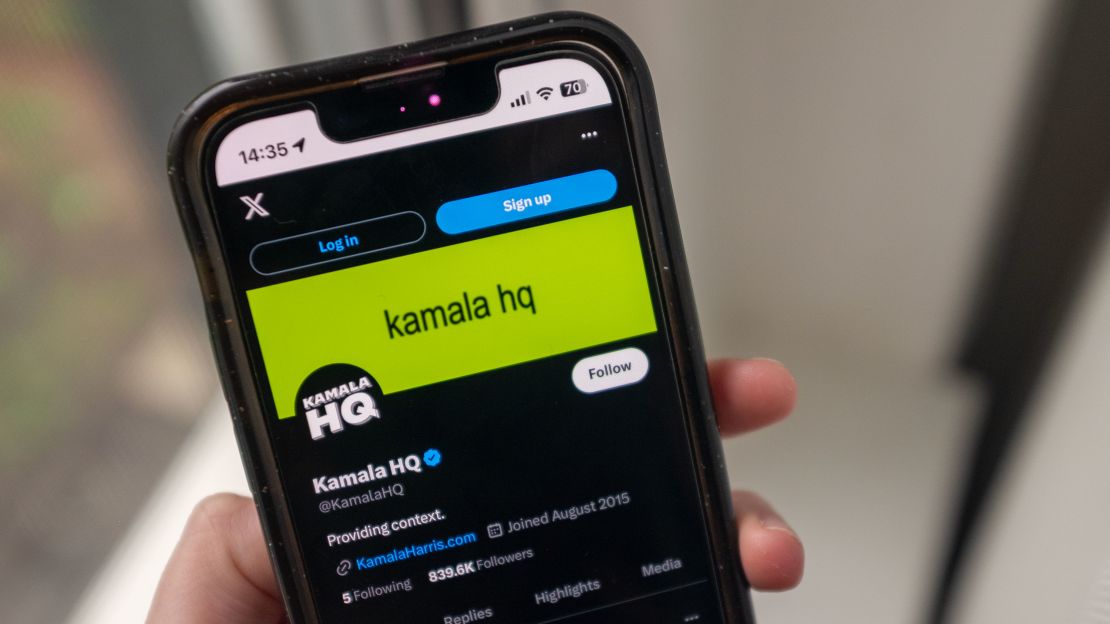
The hashtag #Bratsummer has been used in over 40,000 videos on TikTok and 12,000 posts on Instagram. The term has also been trending steadily worldwide, according to Google Trends, since the first week of June. Google even predicts that searches for “Brat summer” will peak this week.
The phrase “Brat girl summer” can be understood as a battle cry, uniting all hedonists, fun-seekers and “365 Party Girls”. Last month, Charli XCX described the ingredients of a Brat girl summer to the BBC, citing “a pack of fags, a Bic lighter and a white strappy top with no bra”. Some might consider Kamala Harris becoming the first black woman and first Asian-American to host a major party as a Brat because it’s a revolutionary, feminine and intersectional culture. At its core, embracing Brat culture is about messy, imperfect self-acceptance – and it’s the easiest way to engage the under-30 demographic right now.
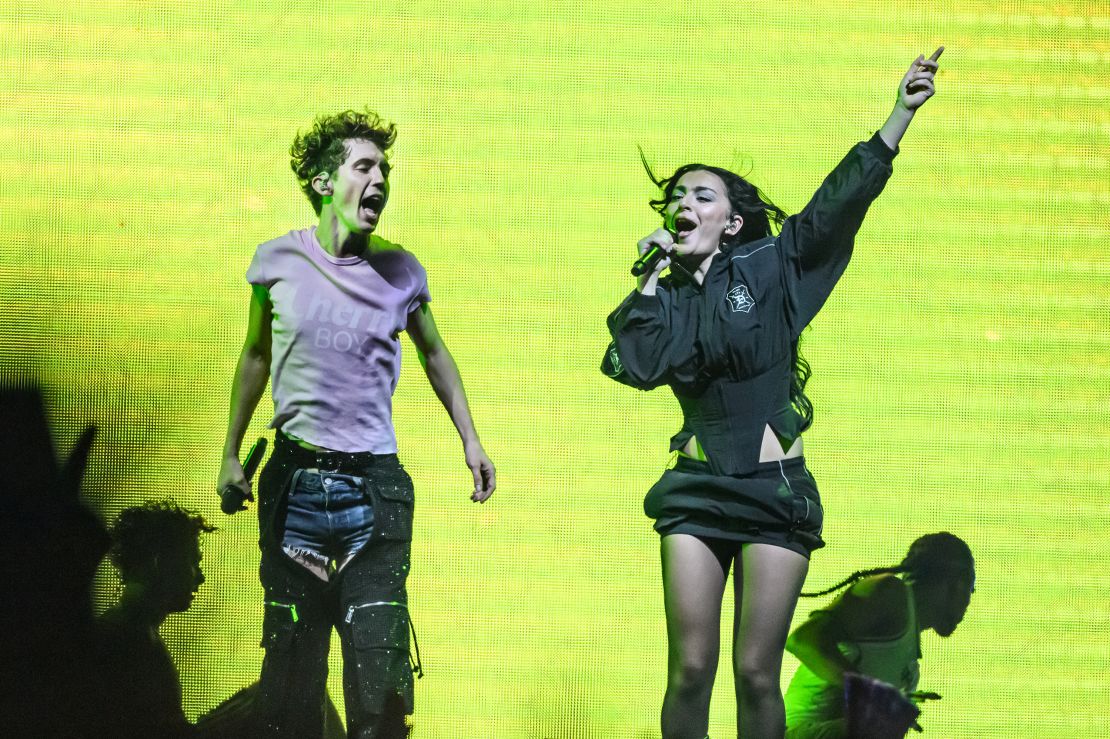
As a result, recent weeks have been awash in garish green, and fast. “In the old days, brands would pick a colour, but then it would take years for someone to associate that colour with your brand,” Sunita Yeomans, course leader in Branding and Graphic Identity at the London College of Communication, said in a video interview. Yeoman believes Charli XCX has managed to speed up the process with “spectacular” success. She recently noticed a colleague inadvertently wearing Brat green to an art gallery board meeting. “I thought, ‘Oh my God, she doesn’t even realise she’s wearing that colour.’ It made me think of that moment when people don’t even realise they’re supporting[something].”
This isn’t the first summer to be marked by pop culture, either; it’s the second in a row. Last year, audiences around the world donned Barbie pink looks to see Greta Gerwig’s blockbuster “Barbie,” and the color has also taken over red carpets and music videos, including Ice Spice’s pink dream home in “Princess Diana.” Pinterest searches for “pink Barbie” in the U.S. and U.K. are up 100% in 2023 compared to 2024, and fashion search engine Lyst named pink its 2022 trend of the year, thanks to a 416% increase in searches for hot pink clothing.
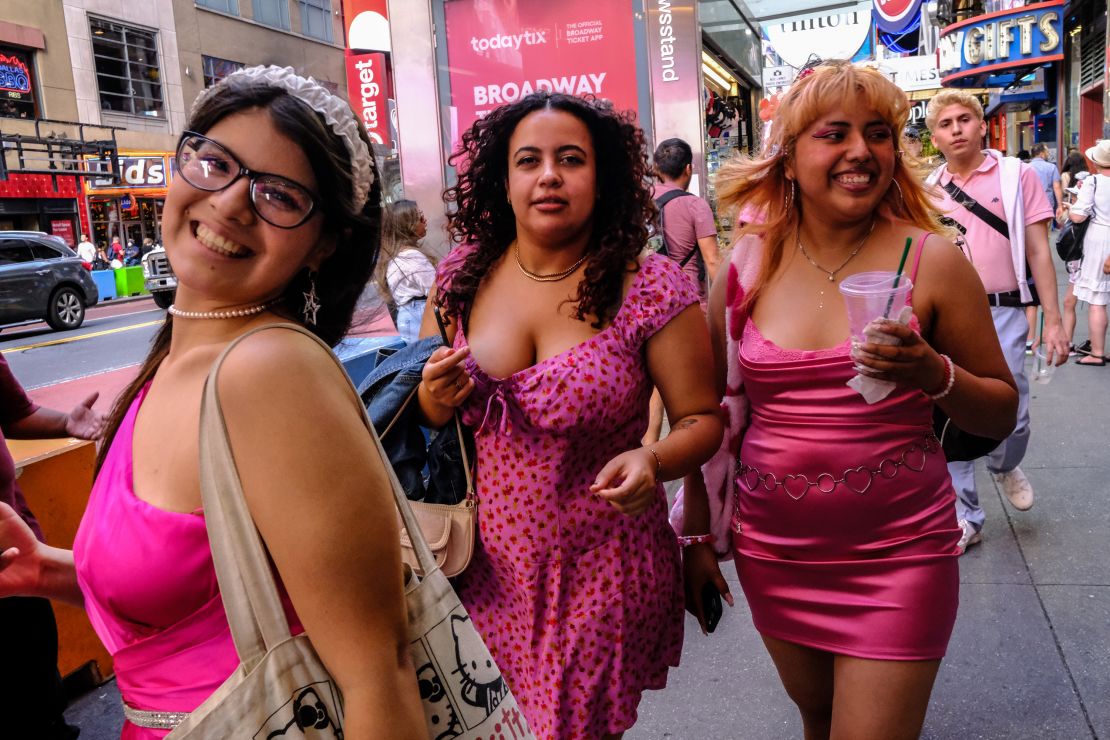
But how do you create a hue that defines an era? “Color is a language,” said Laurie Pressman, vice president of Pantone. “We are drawn to color, and our relationship with it often occurs outside of our conscious awareness.”
The color Barbie pink was partly responsible for Barbie pink’s global dominance months before the movie even premiered. For Valentino’s fall/winter show in March 2022, Pressman and his team collaborated with Pier Paolo Piccioli, the fashion house’s artistic director at the time, on the shade “Pink PP” (colloquially known as “Valentino pink”), the only color used in the collection. It became the shade du jour: Florence Pugh made headlines in a sheer tulle Valentino Pink piece for the brand’s haute couture show in July of that year; while earlier this year, not one but three celebrities arrived at the Met Gala wearing the shade.
“(Piccioli) wanted this (color) to be a cultural reference,” Pressman told CNN in a video interview, adding that it was about “being bold” and “standing out.” And, as a sister shade to red, she noted, it expanded the brand’s heritage with the Rosso Valentino color.
Although Pantone was also responsible for standardizing 219C, better known as Barbie pink, in the 1990s, Pressman insists that Valentino pink’s coincidental overlap with the “Barbie” marketing machine was “a complete coincidence.” Plus, the two shades are different, with Barbie pink being “a little more neon,” she said.
While Barbie pink has a long and storied history, Brat green is just getting its start. It was created by design studio Special Offer Inc., which spent months discussing the hue, ultimately selecting Brat green from about 500 options, according to founder Brent David Freaney.
“Charli knew exactly what she wanted, probably before she even contacted us,” Freaney told CNN in a phone interview. “We spent months talking about colors and color references. ‘What does this shade of green mean versus that shade of green? What’s the connotation?’” As she walked around New York City, Freaney would stop to take pictures of any green object that might fit into the “bratosphere” — a term coined by Charli XCX herself. “Then I would take (those photos) on my computer and use the Eyedropper tool (in Photoshop) to make that object green and present it. Like, ‘I saw this traffic cone outside. What do we think about it?’”
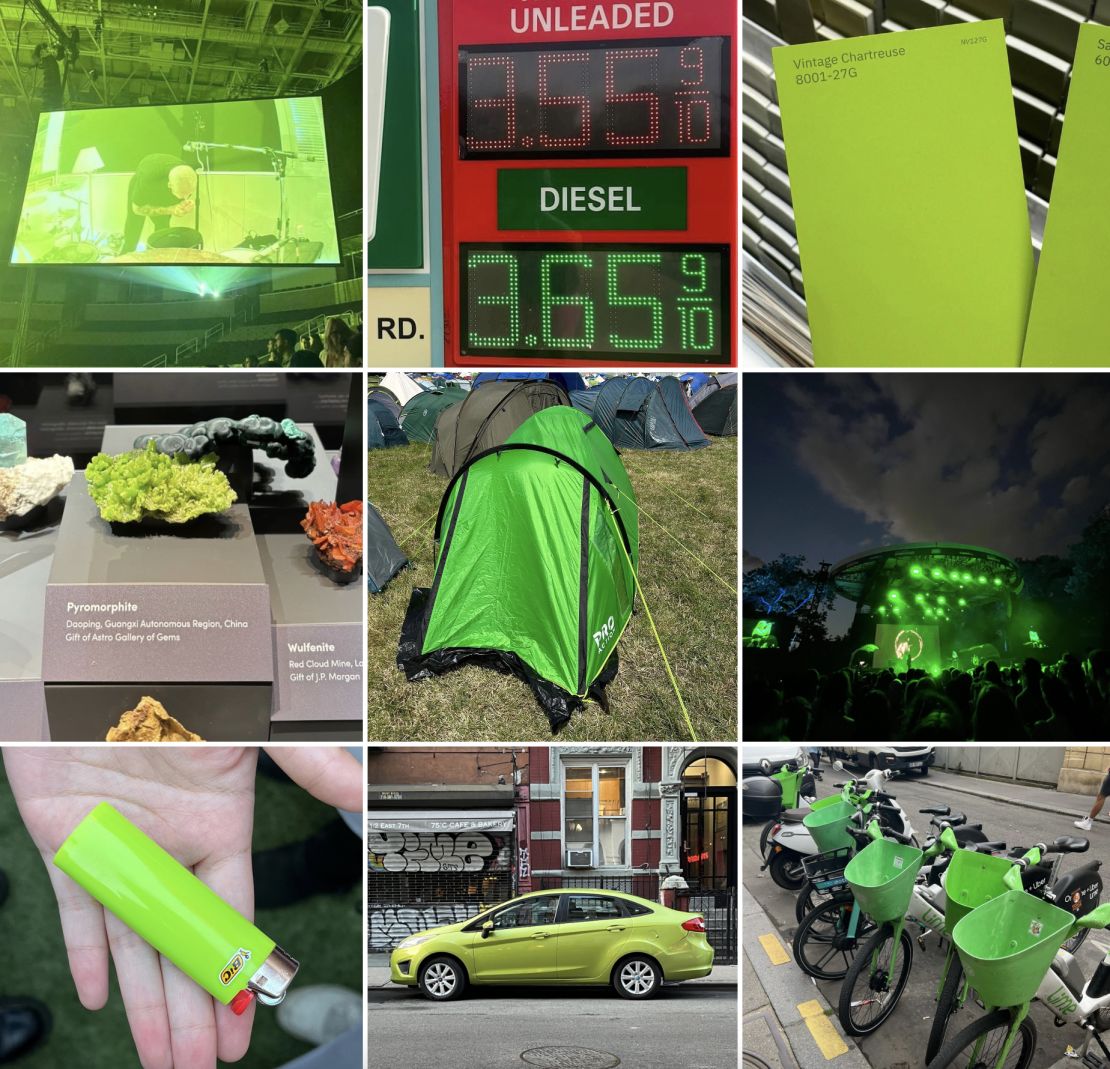
For Yeoman, the science of a summer-stealing color mostly comes down to how a hue performs online and in real life. “If you look at Brat green on a screen, it feels good,” she says. “Barbie pink does the same thing. It’s about finding a shade that works both when it’s backlit on a screen and in real life.”
Freaney explains that they didn’t want a hue that was too conventional. “We knew we didn’t want a darker green or a mint green,” he told CNN. “We thought, ‘Let’s go with something really off-putting.'”
Because of the color’s uniqueness, spotting it in nature—much like Freaney’s research process—has become a surefire way to go viral and enrich the bratosphere. Stephanie, a New York-based Charli XCX fan, created the Instagram account @accidentallybrat in June, just after the album’s release, and now receives photos of Brat sightings in green from friends and fellow fans. Her posts include a stack of Lime bikes, an estate sale sign, and a pyromorphite mineral at a science museum.
“It’s so funny,” she told CNN via email. “Every time I walk down the street with a friend, someone stops and yells ‘you brat!’ when we see something green. It’s so iconic and eye-catching: if you see something online with that color, you immediately know what it’s referring to.”
Although Pantone has been quietly creating specific shades for musicians for decades (Pressman has standardized everything from the Rolling Stones’ red to Prince’s purple, though it’s up to brands to decide whether they want to enter the elusive trademarking process themselves), Pressman believes artists and audiences are increasingly paying attention to color.
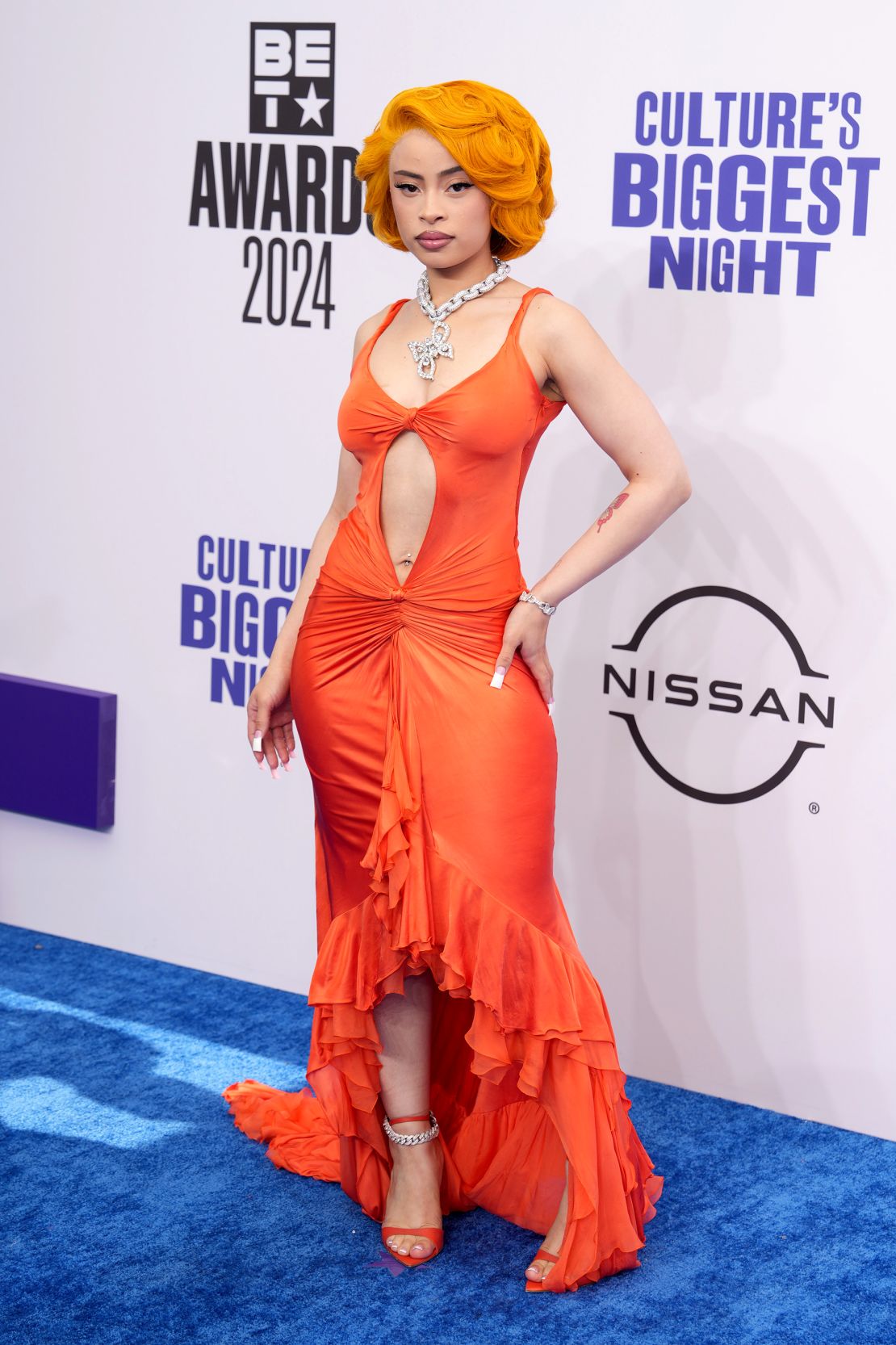
The particular lavender shade that Olivia Rodrgio has worn on several red carpets, including the 2022 Met Gala, is the same shade featured on her latest album, “Guts,” and the color of much of her merchandise. Ice Spice has also become synonymous with his fiery orange locks — and often pairs his step-and-repeat looks with the hue. “Some of these really young artists who are really looking to express themselves are turning to color as an additional way to get their message across,” Pressman said. “Which I think is really clever.”
Brat green may have proven itself this summer, but the color wheel will soon be spinning again. “That’s the way the design industry works,” said Yeomans, who believes more and more brands will be scrambling to create the brand of summer 2025. “Everyone always latches onto a trend, and then everyone tries to follow it, but only a handful of them will actually succeed.”

